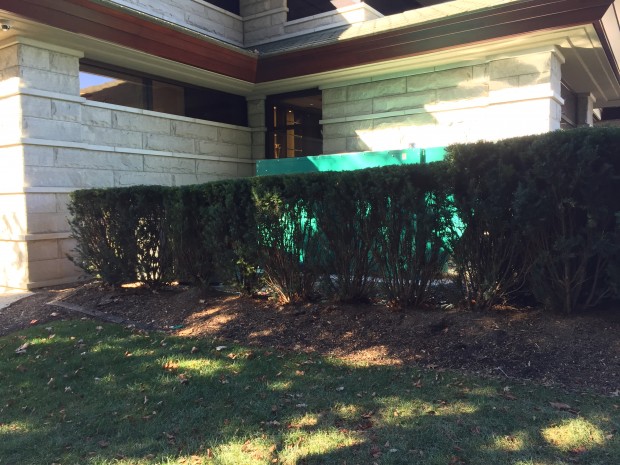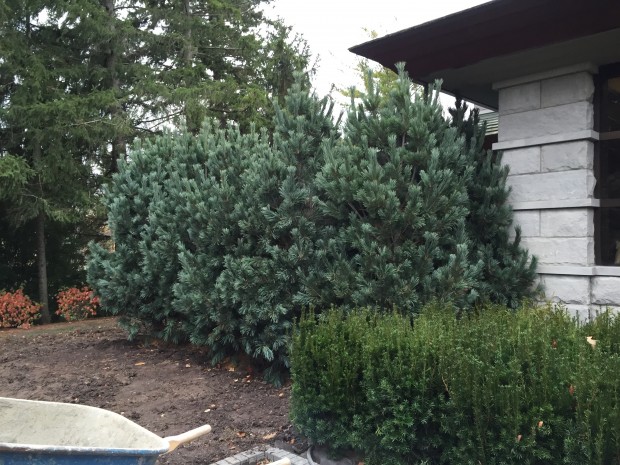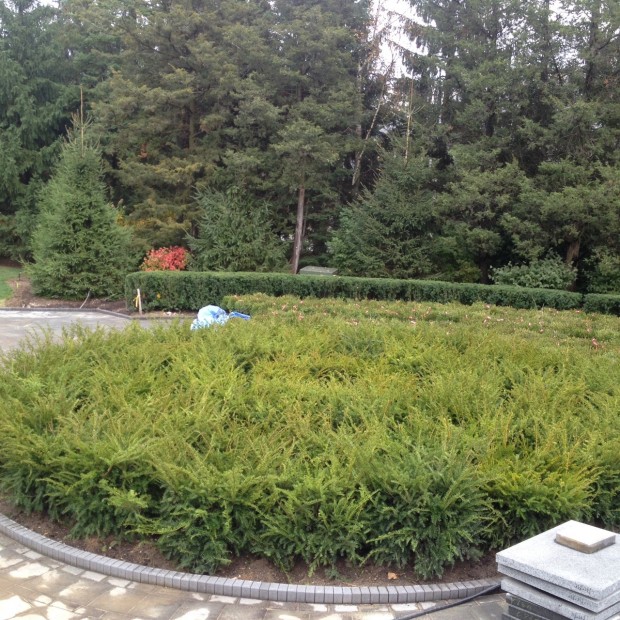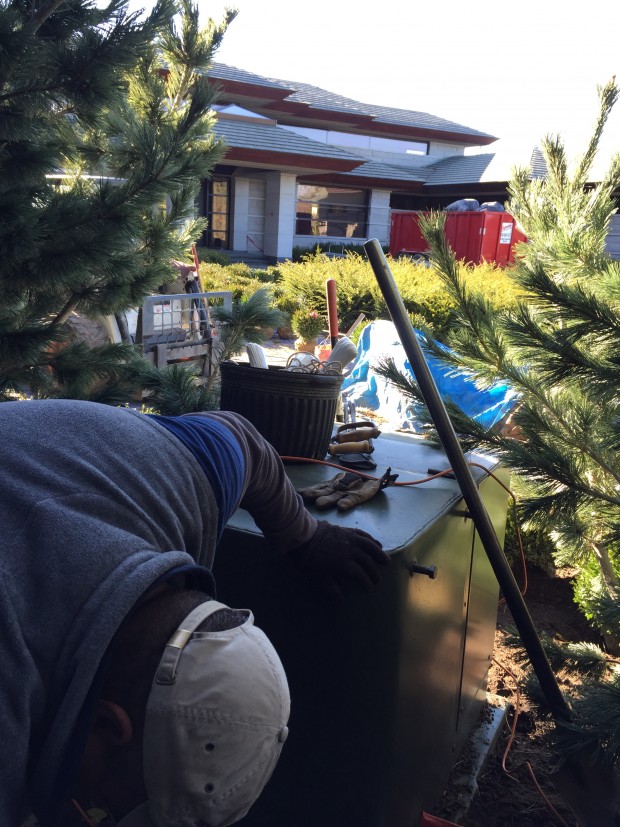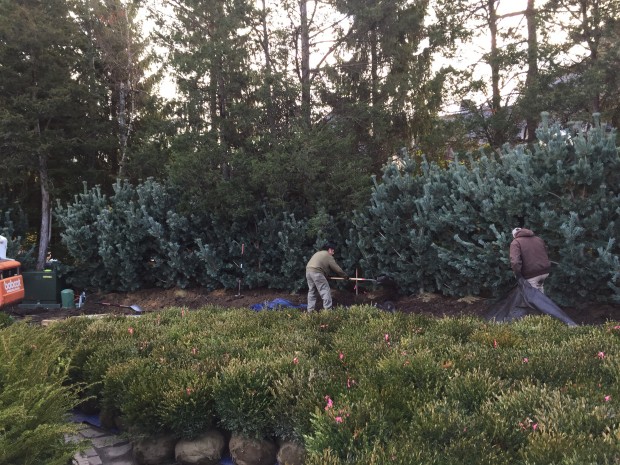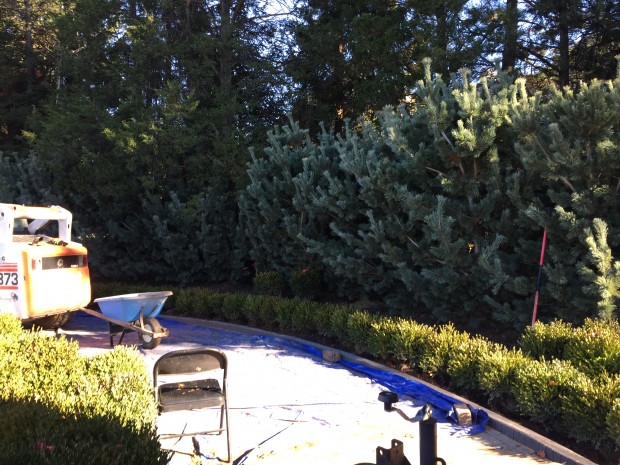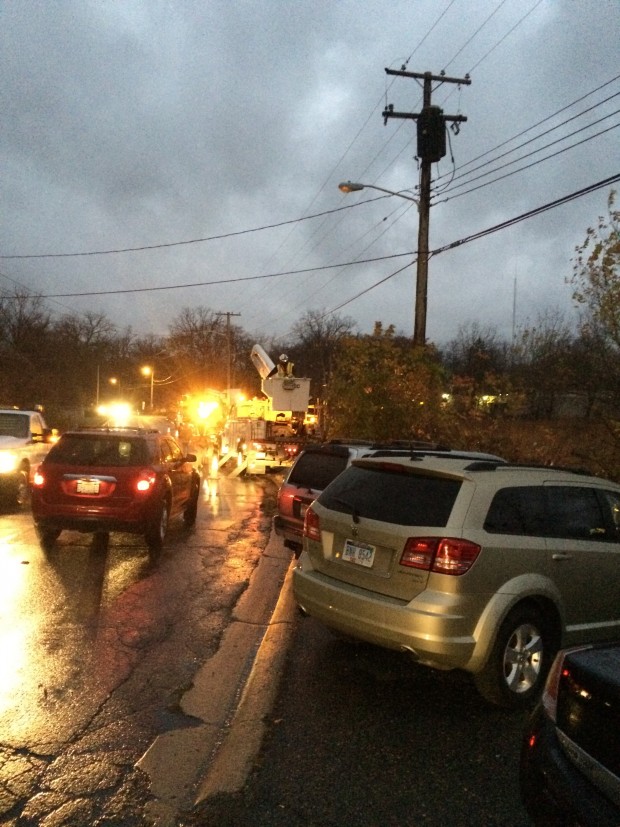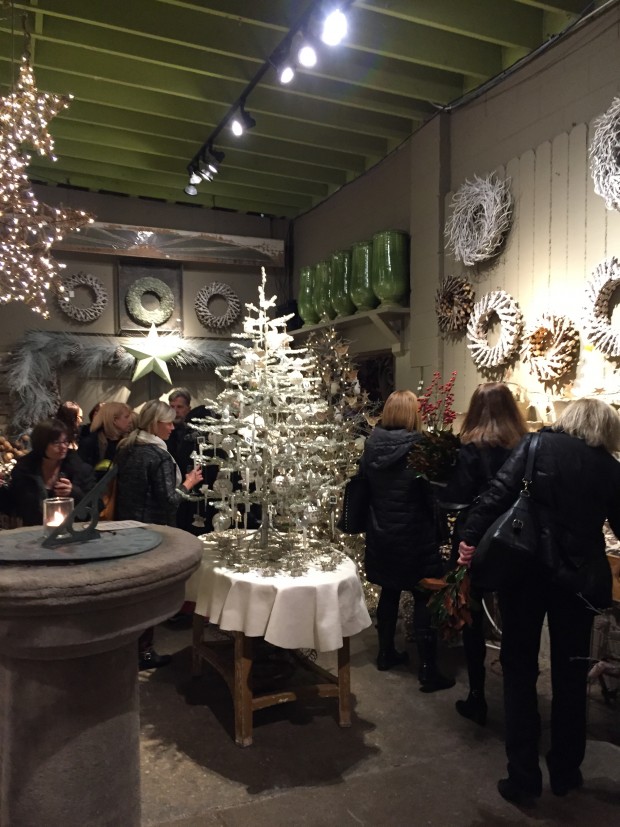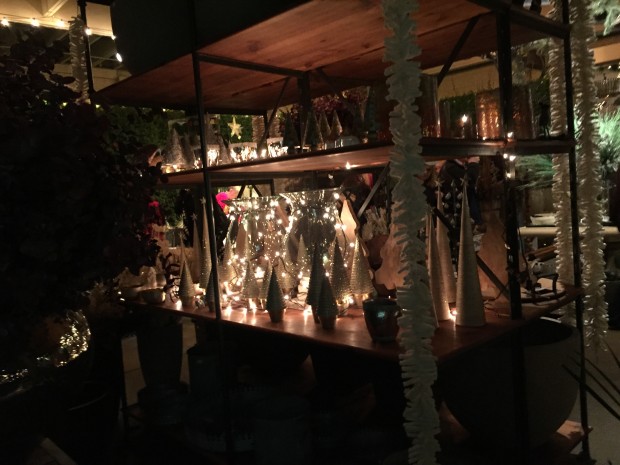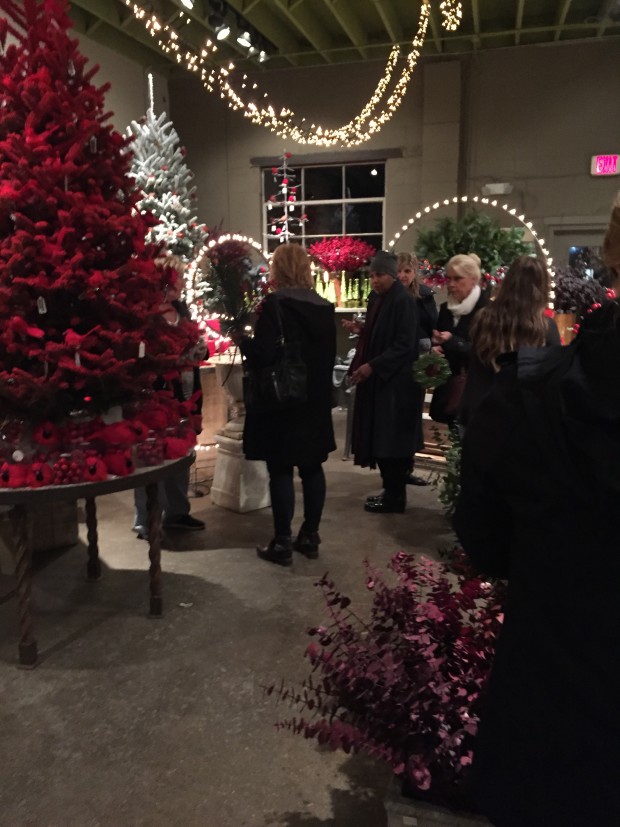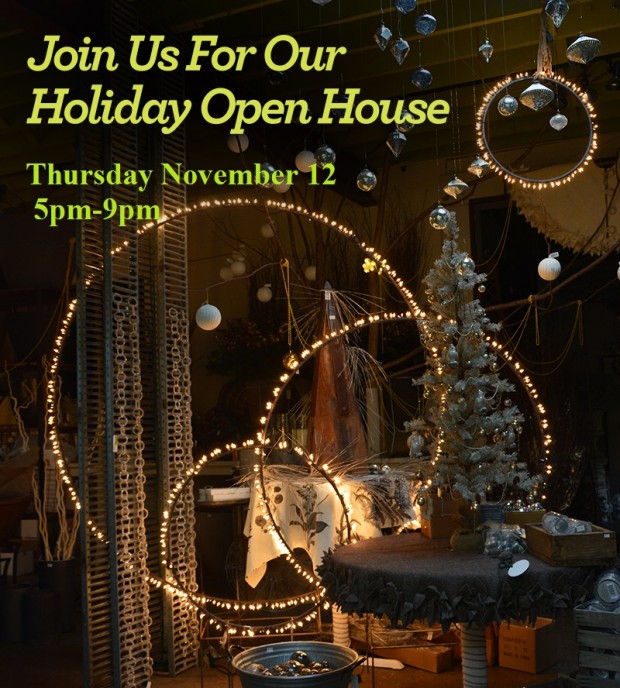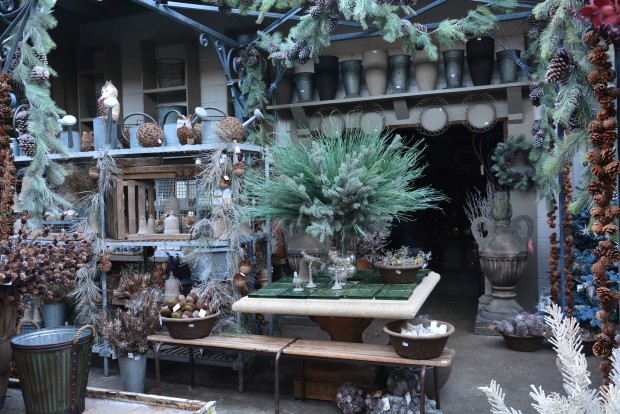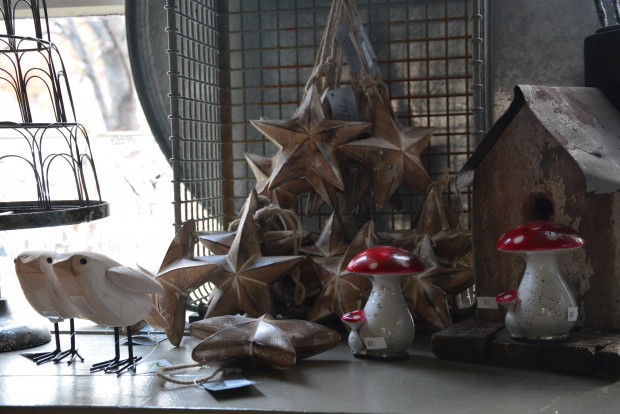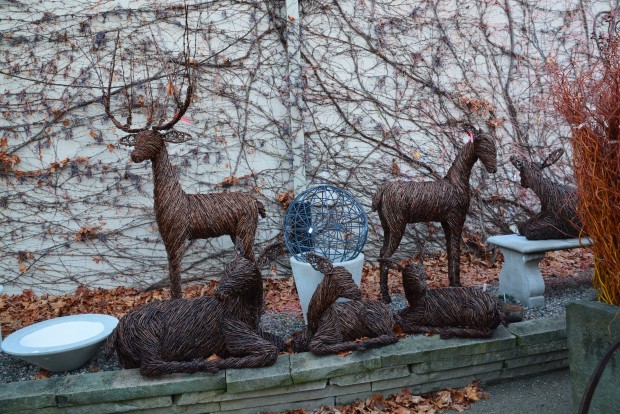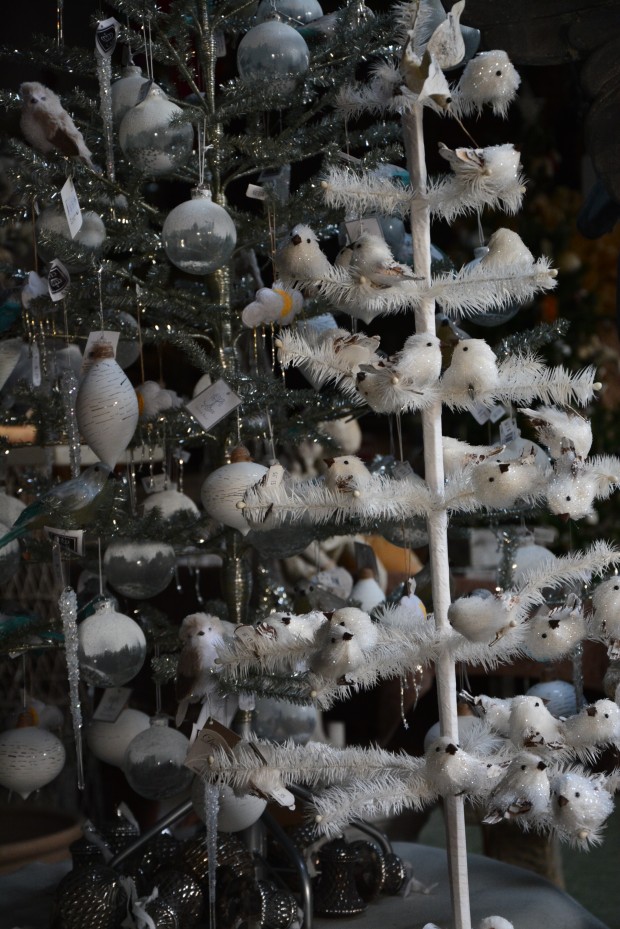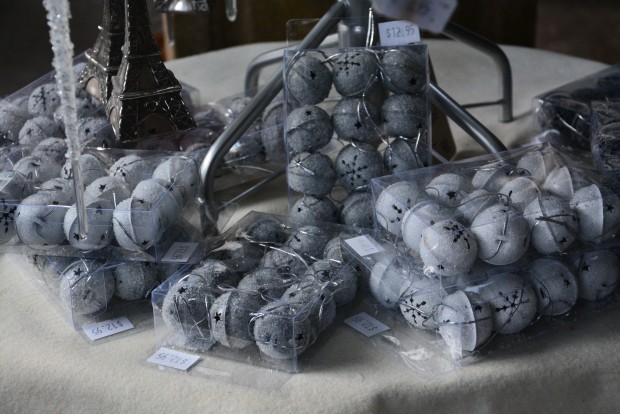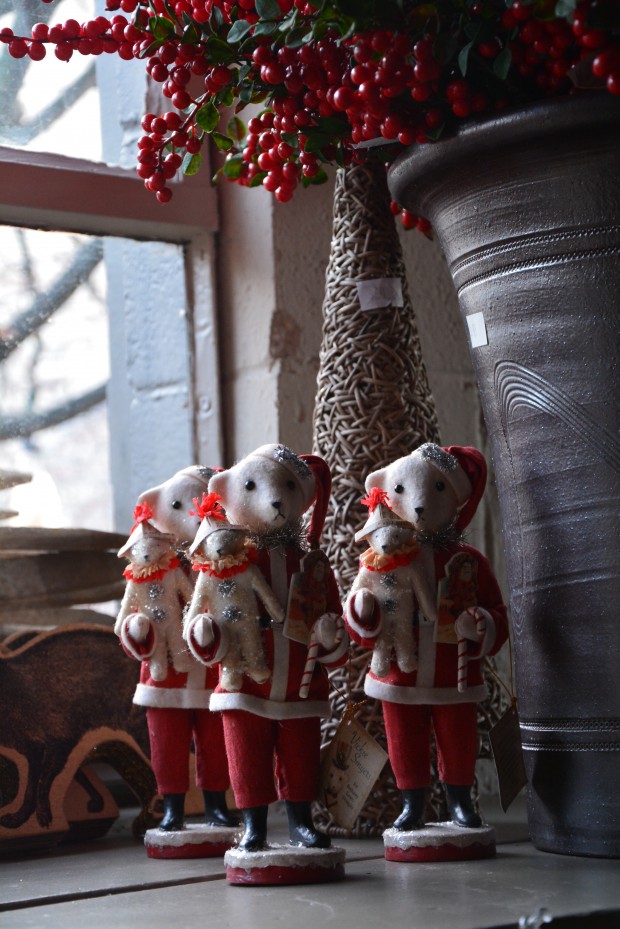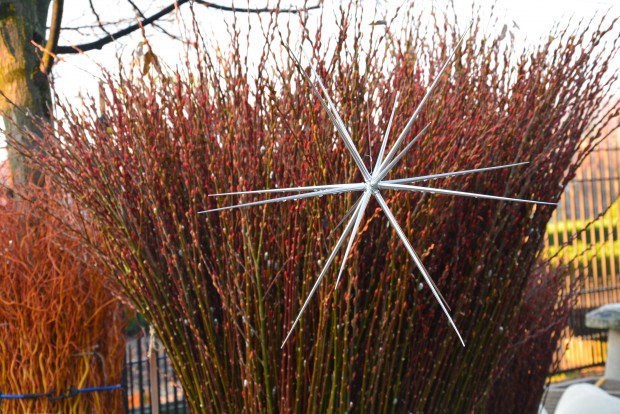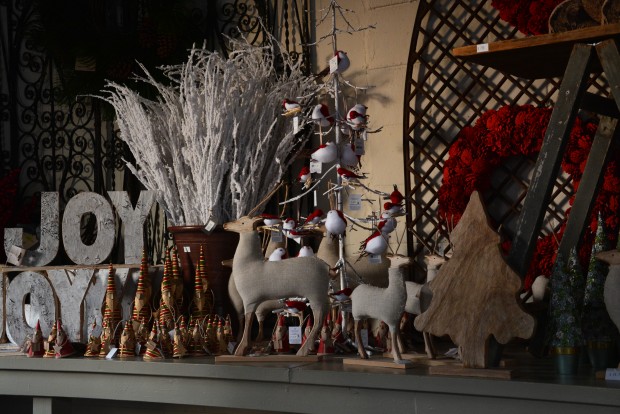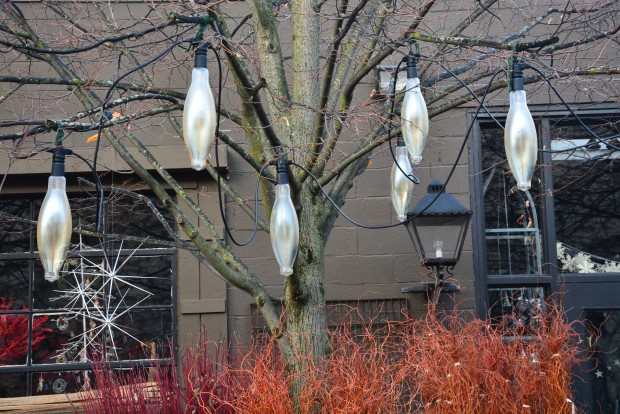I wrote the following article for the December issue of the Michigan Gardener Magazine. For those of you who do not have access to this magazine, I thought I would reprint the article.
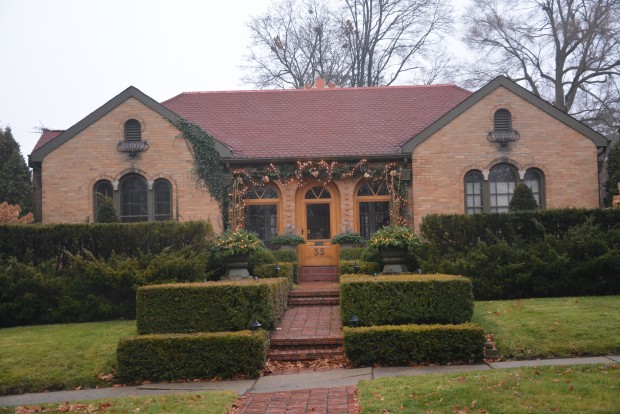
Few moments are as daunting to a gardener as that moment when it is apparent that the gardening season is coming to a close. The stems of some perennials will dry, and persist in the landscape the entire winter. Those with juicy stems will drop to the ground, and begin decomposing as the temperatures dip below freezing. The trees regale the landscape their leaves in full and vibrant fall color. Hidden behind that beautiful display is the process by which the trees are going dormant in preparation for the winter season. Every Michigan gardener is well aware that we have 6 months of the year to enjoy and work in the garden, and that trying other 6 months in which the garden is dormant. Gardeners handle the off season in a variety of ways. They read. They make plans for a new garden. They order seeds, and plants. Some put together a collection of new perennial plants to try. Others grow tropical plants – indoors.
A good many gardeners make sure to include trees with great bark and berries in their landscape. Others leave their perennial gardens intact until the spring. Snow can highlight a dormant garden in a beautiful way. Some gardeners just fret their way through the winter as best they can, or go south when they are about to black out from the prospect of one more day of winter weather. I have another idea worth considering.
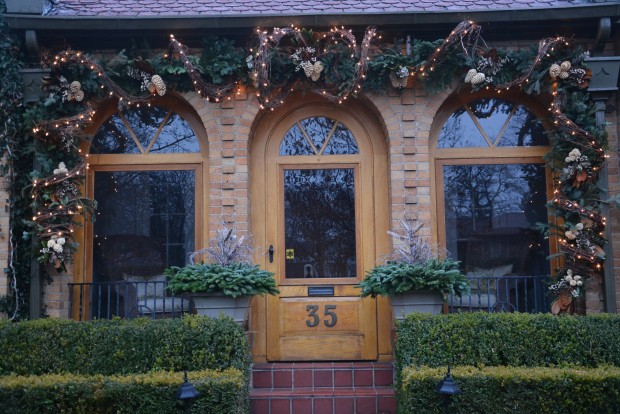
Having been in the container garden business in the spring, summer, and fall for many years, it only took one simple stray thought to entertain the notion of planting pots for the winter. Many gardeners have containers gracing their landscape. Pots at the front door are welcoming. Pots on a terrace provide an environment to the time spent outdoors entertaining. Multiple pots can screen an untoward view. Containers filled with lights are an alternative form of landscape lighting, especially designed to avert the dark that comes early and stays long. Window boxes are a way of integrating nature and architecture. A great container can be the perfect focal point in a garden. A great container planting is a landscape in miniature-wherever you want it. Arranging a winter container has only one hard and fast rule-the container must be frost proof. Think wood, stone, stoneware, metal, stoneware, rattan,or concrete, as opposed to terra cotta.
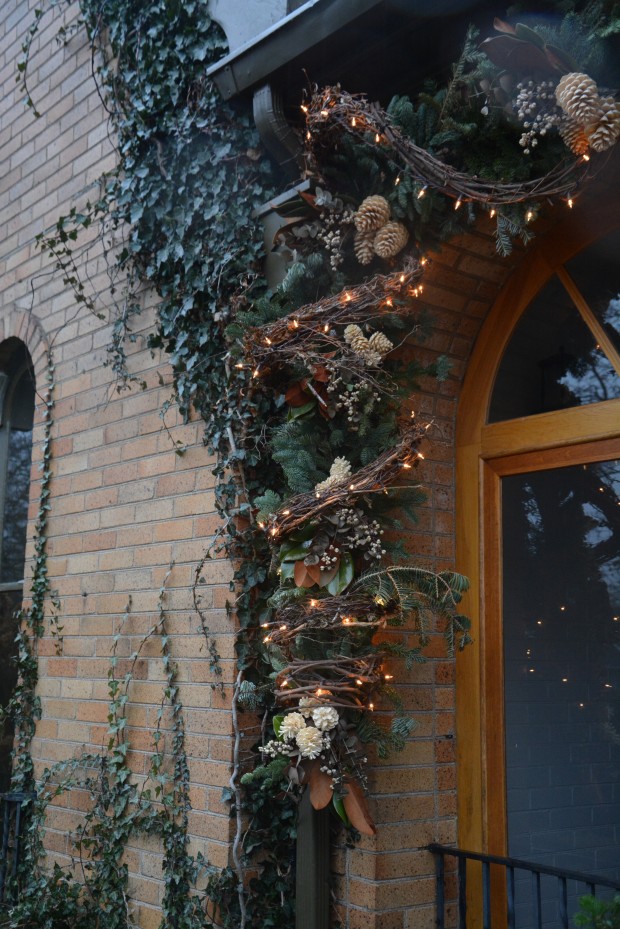
I have seen lovely containers planted with dwarf evergreens, but live plants in pots are problematic in Michigan winters. Even miniature evergreens have substantial root balls. If you pots are on the small side, you may not have room to put together an interesting collection of plants. A group of evergreen plants do not grow up and into each other over the winter that will culminate in a gorgeous arrangement. They will look their same separate selves in April as they did the previous November. Worst of all, it is very difficult to keep evergreens alive in pots over the winter. Mugho pines and boxwood can be hardy in pots, if the weather and water conditions are just right. Hardiness in plants refers to plants whose roots are in the ground. Live plants with their roots above ground in containers can be challenging to keep alive. This is all by way of saying that beautiful winter containers can be constructed from cut natural materials, exactly the size and shape you need them to be. There are no end of cut evergreen stems available in the latter half of November. Douglas, frasier, noble and silver fir boughs are readily available. Fir is a great choice of a cut green-they stay green a very long time. For unusual greens, cut boxwood, German boxwood, berried juniper, Port Orford cedar, and countless other specialty greens are available for purchase. Interested in a cut green that will last until April without any hint of dry or brittle needles, or color loss? Mountain hemlock. I shy away from anything beyond a few bits of cedar and white pine-they will dry out and fade long before the winter is over.
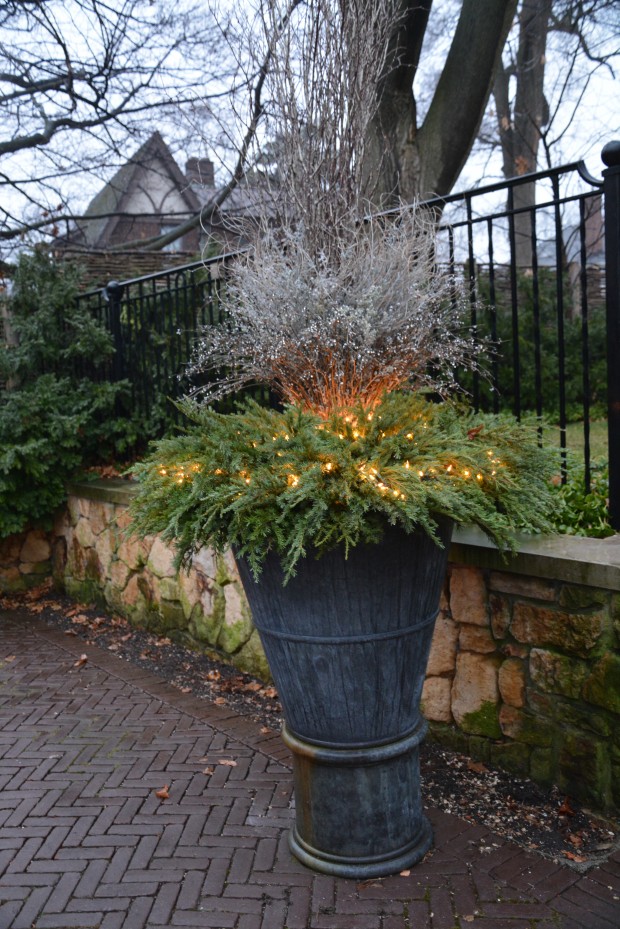
We do not stick cut evergreen stems into the soil in a pot. We take the soil in a pot down four inches when the summer or fall pots are emptied, in preparation for the winter arrangement. We construct a 4-6” thick dry floral foam form which is wedged into the top of the pot. The top third of the form sticks up above the rim of the pot. Each cut evergreen branch is roughly sharpened with the blade of a pair of pruners, and cut to a length representing the finished width of the arrangement. Each branch is stuck into that foam form at whatever angle seems natural and right. I like to approximate the shape of a naturally growing and graceful evergreen shrub. The branches usually grow in a horizontal configuration. Sticking evergreen branches into soil means every branch is awkwardly vertical. Few evergreens hold their branches vertically. A foam form means the gardener has the means and discretion to create a winter container that speaks strongly to the natural order of things. I have seen gardeners top their pots with evergreen wreaths, but wreaths do not have the scale and heft demanded by most pots.That thick evergreen blanket can have no end of other materials tucked into it. Eucalyptus pods are a striking texture, and a lovely wintry blue color. Winter berry (provided it has been thoroughly sprayed with Vapor Gard) is a natural source of red. Pods, twigs and bits from the field or garden can loosen and endow the appearance of the greens.
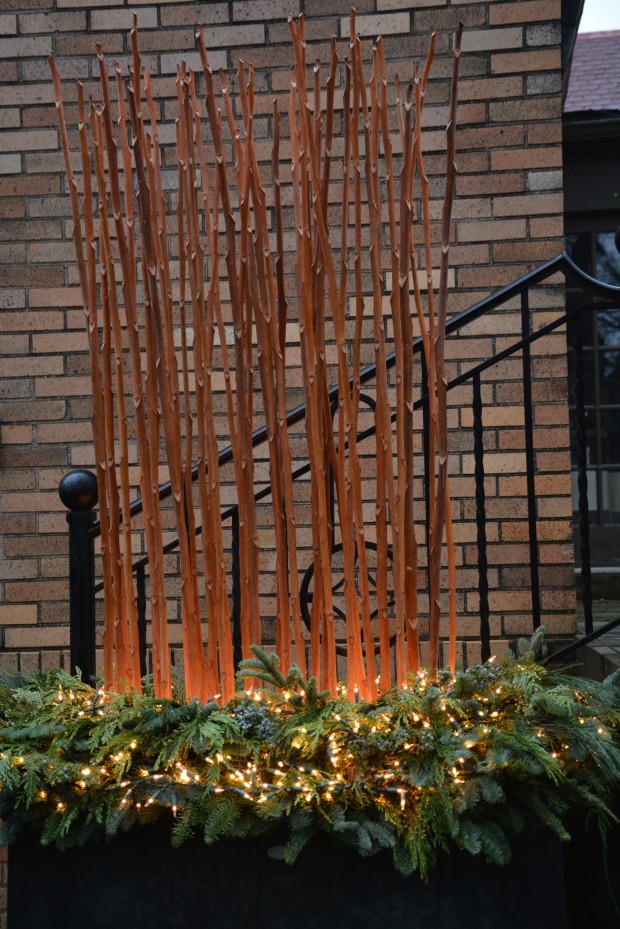
As for a centerpiece, no material is as lustrous and colorful as fresh cut twigs. Red twig, yellow twig, and gray dogwood will look fresh in a container all winter long. Cut willow twigs have been known to root in a container over the winter. Curly and straight copper willow, black willow, and pussy willow are but a few of the available choices. We do zip tie our twigs to a stout bamboo pole, the end of which will go deep into the pots. Big centerpieces may need additional bamboo poles or steel rebar inserted all around the perimeter, through the dry floral foam and down into the soil of the pot for extra stability. These additional stakes may need to be wired together. Winter weather can be fierce; thoughtful and patient construction is a must. What you casually insert into a winter container on a calm November day may not hold up in the snow and wind of January. Constructing a winter pot is very different than creating an indoor arrangement.
A winter container takes on the personality and taste of the gardener in charge with those finishing touches that come next. Some will like sparkly picks added just for the holidays. Others will like pine cones, field weeds, magnolia pods or an abandoned bird’s nest. Natural dry seed pots are readily available in the fall. Preserved and dyed eucalyptus can add an unexpected punch of color to a winter arrangement. Good quality eucalyptus does not run, bleed, or fade. Still others favor fresh cut magnolia branches, or dashes of Port Orford cedar. Artificial picks are both convincing and weatherproof. Like the floral foam forms, they can be used and reused over a number of years. Dry stems of hardy hibiscus, butterfly weed, hydrangea, and Bear’s Breeches are beautiful in winter pots. Who knows what materials a fallow field or garden might provide. The materials available from the garden, farmer’s market, garden center or weedy field are just about limitless. Planting pots for winter is an entirely different way of gardening, but it is gardening nonetheless.
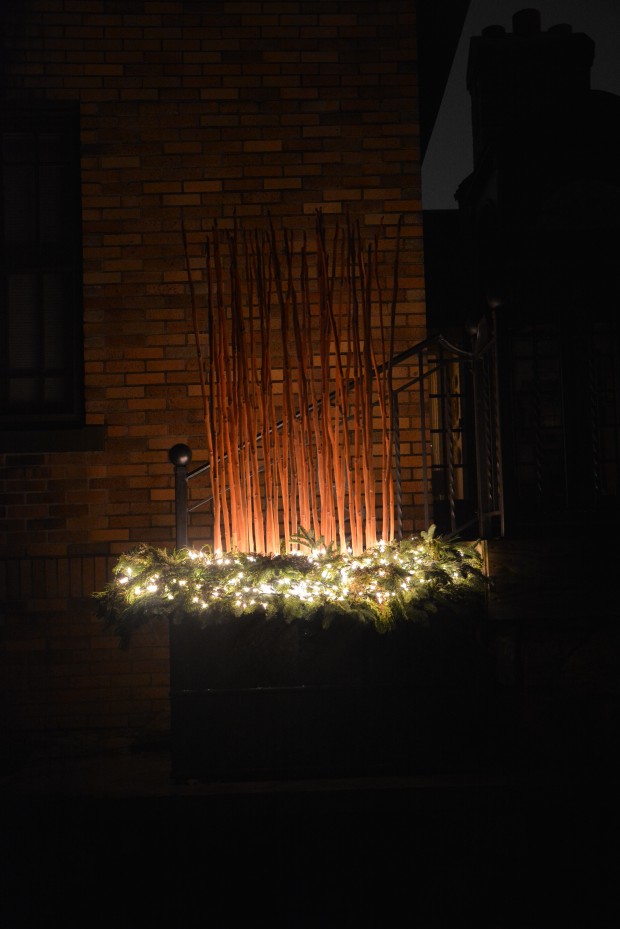
A winter pot is the perfect vehicle by which to introduce light into the winter season. The garden is not only dormant, it is dark. Lights in winter pots on the porch, walk, or along the driveway welcome guests. A pot positioned by the stairs from the deck into the yard can light the way. Light strings are readily available in the fall. Placing them in the winter landscape is a form of gardening. 10 strings of mini lights will not consume much energy, but they will help to banish the dark. A new series of warm light LED strings from Holland are available this year. They are indestructible, very inexpensive to run, and last better than 50,000 hours. A fistful of lights at the bottom of a centerpiece will keep that centerpiece visible long after dark. We have a season ahead where daylight is scarce, gray skies are regular, and the dark comes early and stays late. Lit winter containers light up the winter landscape in a warm way.
A solidly and thoughtfully constructed winter container will delight, entertain, and console a gardener’s eye for as long as 6 months.
More specific commentary and pictures are to come in the next few weeks. All of the above pictures were taken at my house this past December. I have no idea what will take shape for this year, but I am looking forward to the process.
